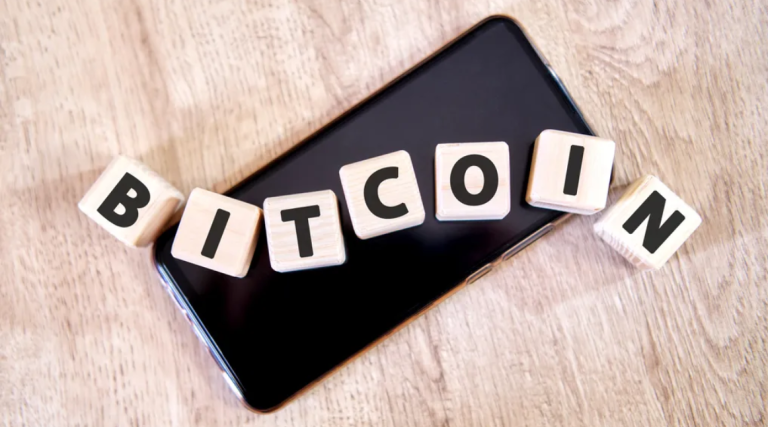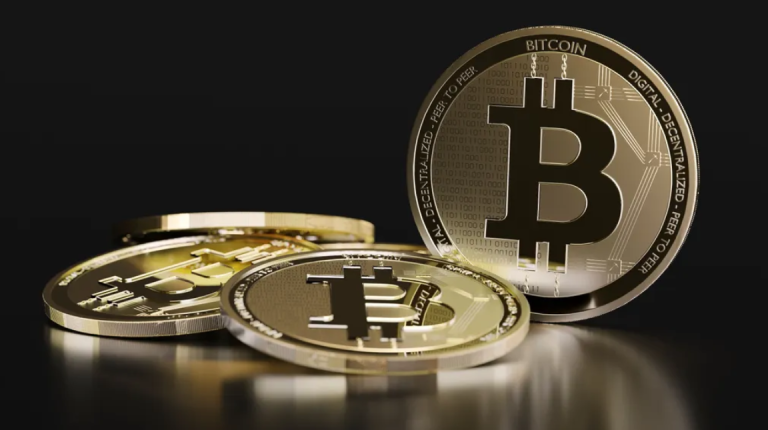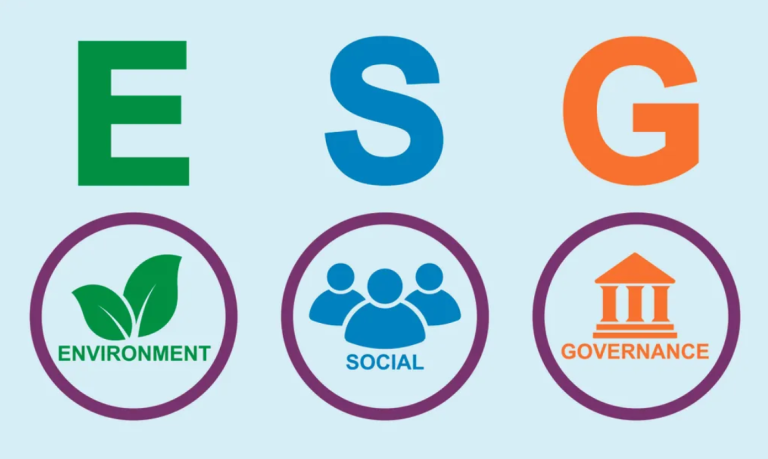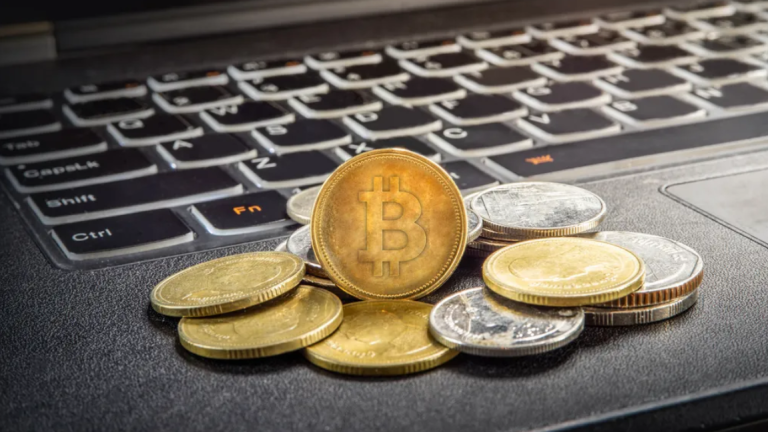Cryptocurrency, with Bitcoin as its most recognized example, is transforming the way we think about money and finance. As the use and awareness of digital currencies continue to grow, many parents are considering how to introduce the concept of cryptocurrency to their children. This article provides insights and strategies for parents to teach their kids about cryptocurrency.
Understanding Cryptocurrency:
Before teaching children about cryptocurrency, parents should gain a clear understanding themselves. Cryptocurrency is a form of digital or virtual currency that uses cryptography for security. It operates on a decentralized ledger technology called blockchain and offers various benefits, such as transparency and security.
Starting the Conversation:
Simplicity is Key: Begin with simple explanations. Describe cryptocurrency as a kind of digital money, like the money in their piggy bank, but it’s stored electronically.
Use Everyday Comparisons: Relate cryptocurrency to concepts kids understand, such as online gaming tokens or digital gift cards. Explain that, just like these tokens, cryptocurrency can be used to buy things.
Discuss the Technology: Depending on the child’s age and interest, introduce them to the blockchain technology that makes cryptocurrency secure and reliable. Use age-appropriate terms to explain how transactions work.
Teaching the Benefits:
Transparency: Explain that cryptocurrency transactions are recorded on a public ledger, visible to anyone. This transparency can help prevent fraud.
Digital Nature: Emphasize that it’s a form of money designed for the digital age. Kids may find it fascinating to know that cryptocurrency is stored on computers or smartphones.
Ownership and Control: Discuss how owning cryptocurrency means having control over your money without the need for banks or intermediaries.
Safety and Responsibility:
Security Measures: Teach kids the importance of keeping their cryptocurrency secure. Explain the use of private keys and wallets as safety measures.
Scams and Risks: Make children aware of potential scams and the risks involved in the crypto world. Emphasize the need for due diligence before making any crypto-related decisions.
Start Small: Encourage kids to start with a minimal amount of cryptocurrency and observe how it works. This approach allows them to learn without significant risk.
Hands-On Learning:
Create Wallets: Help your kids set up cryptocurrency wallets, where they can hold small amounts for educational purposes.
Practice Transactions: Facilitate small transactions within the family or between friends to give children a practical experience of using cryptocurrency.
Monitor Progress: Keep an eye on your child’s cryptocurrency activities and provide guidance as needed. Encourage them to ask questions.
Incorporate Real-Life Scenarios:
Allowance and Savings: Encourage kids to use cryptocurrency as a form of allowance or savings. This hands-on approach can help them see the real-world applications of what they’re learning.
Online Shopping: When shopping online, give children the option to use cryptocurrency for selected purchases. Discuss the process together.
Charitable Giving: Teach kids about the charitable aspect of cryptocurrency by making donations to organizations that accept digital currencies.
Staying Updated:
The world of cryptocurrency is dynamic, with ongoing developments. As a parent, it’s essential to stay updated with the latest trends, regulations, and security practices. Share relevant updates with your children to keep them informed.
Conclusion: A Valuable Financial Education:
Teaching kids about cryptocurrency is not just about the digital currency itself but also an opportunity to instill valuable financial and technological knowledge. By introducing them to the principles of blockchain, digital ownership, and financial responsibility, parents can equip their children with essential skills for the future. Encouraging curiosity, offering guidance, and fostering a safe learning environment will help kids navigate the world of cryptocurrency with confidence.


































